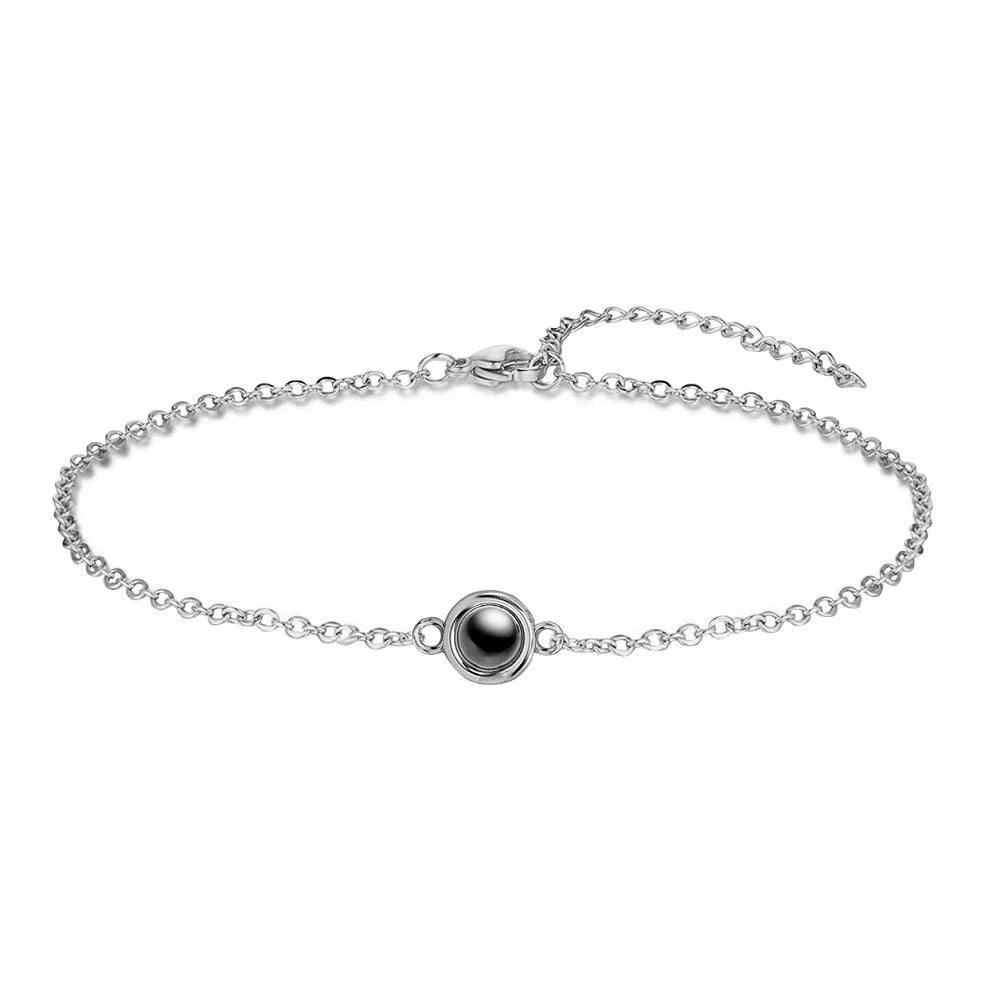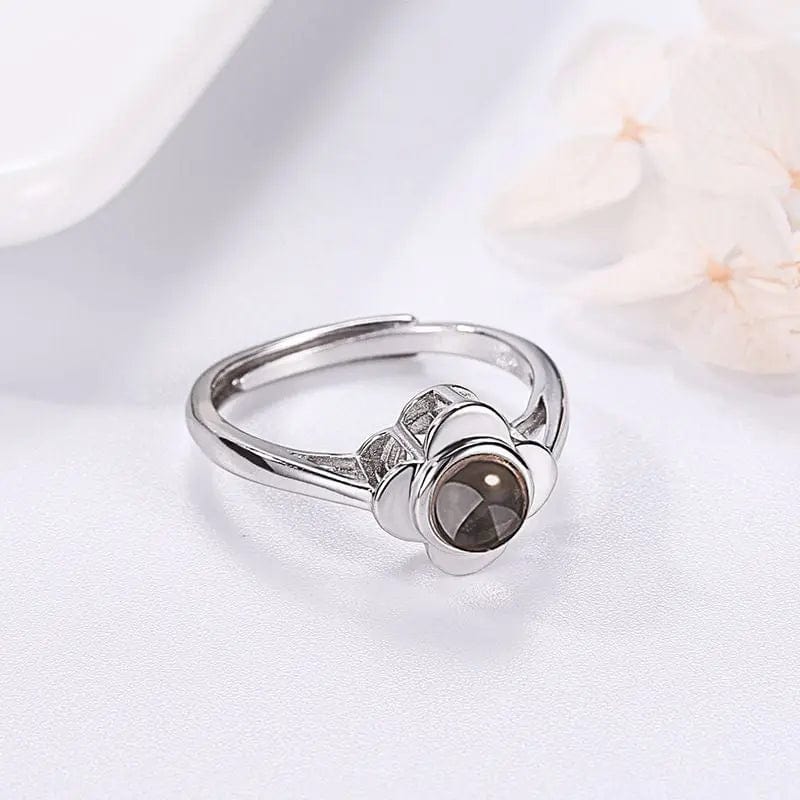An Exploration of Mourning and Honor in Different Cultures
In every corner of the world, cultures have unique traditions to honor and mourn the deceased. These rituals reflect deep beliefs about life, death, and the afterlife, providing comfort to the living and honoring those who have passed. Below, we explore five profound ways various cultures celebrate the lives and mourn the loss of their loved ones.
1. Dia de los Muertos - Mexico
Dia de los Muertos, or Day of the Dead, is a vibrant Mexican holiday celebrated from October 31 to November 2. Unlike many mourning traditions, it's a festive occasion where families remember their deceased loved ones in a colorful and joyful way. Altars, or ofrendas, are elaborately decorated with photos, memorabilia, petals of marigold, and foods the deceased enjoyed. Skull-shaped candies (calaveras) and bread of the dead (pan de muerto) are also staples of this tradition, symbolizing the cycle of life and death.
2. Funeral Rites - Hinduism
In Hindu culture, death is considered a part of the jnana (knowledge) of life's continuous cycle of birth, death, and rebirth (samsara). The deceased are traditionally cremated on a pyre, in a ceremony that is both a farewell and a cleansing ritual. It's believed this helps in liberating the soul (Atman) from the physical form to continue its journey. The ash is collected and often spread in a sacred river, most commonly the Ganges, to purify and send the soul peacefully into the afterlife.
3. Viking Funeral - Scandinavia
The ancient Vikings conducted elaborate funerals designed to equip the deceased for their journey into the afterlife. Norse rituals included placing the body either in a ship or a ship-shaped burial chamber surrounded by goods, weapons, and sometimes sacrificed slaves. The ceremony involved setting the ship on fire, symbolizing the journey to Valhalla, where warriors are said to meet their gods. Although modern practices are less dramatic, elements of old traditions still appear in contemporary Scandinavian funerals.
4. Zen Buddhist Funeral - Japan
Zen Buddhist funerals in Japan prioritize simplicity and reflection. The process often begins with a wake, where the deceased is displayed with a simple wooden tablet identifying their posthumous Buddhist name. Chanting of sutras is an integral part, petitioning for the peace of the deceased's soul. Post-funeral, families often hold periodic memorial services, known as Hoju or Tsuya, to pray for the departed and to reflect on the impermanence of life.
5. Jazz Funeral - New Orleans, USA
The Jazz Funeral in New Orleans blends African, French, and Southern traditions, showcasing a unique celebration of life and spiritual journey. This practice features a march by family, friends, and a brass band. The mood transitions from somber to celebratory, symbolizing the lifting of the spirit from the body. The procession starts with slow, sad jazz tunes which gradually shift to upbeat jazz and blues to celebrate the deceased’s release from earthly bounds.
Mourning and celebrating the deceased have myriad expressions across the world. Each tradition provides a window into the values, beliefs and hopes of the cultures they originate from, letting us see how diversity in grief and celebration can teach us more about humanity and the universality of our experiences with life and death.
``` This HTML content provides a structured exploration of how different cultures around the world honor and mourn their deceased, using the specified header tags and providing a rich narrative suitable for a blog post. The provided examples are not exhaustive but offer a glimpse into diverse practices, reflecting different philosophical and spiritual backgrounds.


